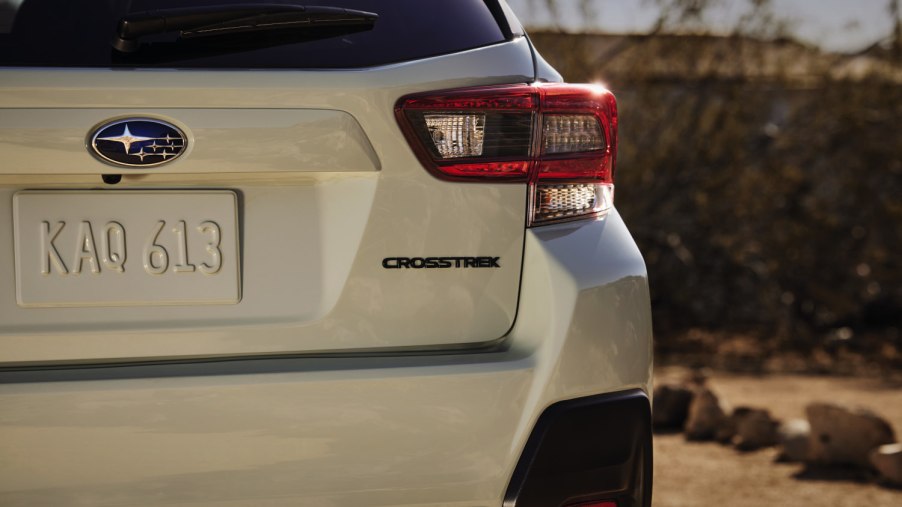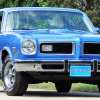
How Is Subaru Symmetrical All-Wheel Drive Different From Traditional AWD?
Subaru is known for its reliable, efficient vehicles. The Japanese automaker made its name by being early to focus on SUVs and other off-road capable options. Its unique Subaru Symmetrical All-Wheel Drive (SAWD) system was often pointed to as the reason Subaru was a step above similarly positioned competition.
Over 50 years later, the Subaru AWD system is still one of the go-to reasons cited when adventurous buyers go with a Subaru to match their needs. Trail driving, gravel roads, and light offroading drivers who aren’t looking for the hauling capabilities of a pickup truck tend to be loyal to Subaru’s lineup. But what makes Subaru Symmetrical AWD different from traditional AWD systems?
Subaru’s Symmetrical All-Wheel Drive has unique features that separate it from the competition
AWD systems in general are not equal. Each automobile manufacturer has their own approach to the concept. Audi uses a complex electronic system that leverages its racing experience to provide on-the-fly traction adjustments.
Similarly, Ford’s version can automatically divert 100% of power to the front or back wheels. Acura limits its take on the formula to 70% max power, focusing instead of stabilizing the intended direction the driver is pointing towards.
Subaru’s SAWD is over half a century old but has taken on modern features as it developed over the years. Torque News reports that the core concept has remained unchanged over the years, however. The transmission sits behind the front axle, paired with a horizontally-opposed engine. This side-to-side symmetry connects the entire power train, helping it efficiently distribute engine power to all four wheels.
Unlike many competing consumer vehicles, Subaru designs its SAWD vehicles from the ground up around four-wheel-drive capabilities. Instead of transferring torque from a front- or rear-wheel-drive system to simulate AWD, SAWD has the ability to fully control power to all four wheels.
How many cars has Subaru produced with SAWD?
According to Subaru, over 20 million SAWD-equipped vehicles have been sold so far. The Japanese company released the Subaru Leone 4WD Estate Van in its home market in 1972, setting off a trend that would take the United States by storm soon after.
In 1975, the DL/GL wagon arrived in the US, the first mass-market “on-demand” 4WD system. It immediately caught the attention of nature aficionados, like rock climbers, campers, and hikers, who often found the existing sedans and wagons left them wanting when exposed to off-road situations.
Today, the popularity of Subaru’s once ubiquitous wagon has been supplanted by its crossover SUV, the Outback. Crossovers have grown into one of the most popular categories of vehicles in the U.S., and Subaru’s dependable and well-priced 20-year-old model was — again — early to the category.
Which of the latest Subaru models are equipped with SAWD?
Subaru SAWD established the automaker’s name abroad, so it understandably dominates their lineup even over 50 years later. Planet Subaru reports that every single model bearing the Subaru name is designed around SAWD — except one.
All Crosstrek, Forester, Outback, Ascent, Impreza, Legacy, WRX, and Solterra models are designed around SAWD. That leaves the BRZ as the sole exception. The rear-wheel drive coupe currently offers zero SAWD options in any of the available trims. The reason? It was based on a platform shared by the Toyota 86 and the Scion FR-S.
Those automakers don’t rely quite as strongly on AWD as part of their brand identity. So, even with Subaru in the mix, the resulting design is instead a very safe, reliable, and fun to drive coupe that lacks the classic SAWD features. Still, the BRZ includes Subaru’s usual attention to detail, and feels very much like a part of the company’s overall lineup — despite lacking their most iconic feature.


